From the origin of a flower's name to its distinctive characteristics and rich mythology, flowers are infused with symbolism and meaning. Our Flower Meaning Guide is designed to unravel these hidden mysteries, uncover these floral gems and open you up to a whole new language – the language of flowers.
The Japanese call it Hanakotoba, and King Charles II brought it to Sweden from Persia in the 17th century. Hanakotoba is the Japanese name for associating certain flowers with different meanings. It is an age-old art form. Floriography – a fancy name for the language of flowers – was coined in the Victorian era, and while its original translations may have shifted over time, the notion that through flower symbolism we can express what we want to say (and may not be able to speak out loud) still holds true.
We sense the personalities of different flowers and intuitively choose one over another to fit our mood or the occasion. We do it all the time. That's why we surprise someone with a bunch of bright yellow flowers to cheer them up or declare our fervent passion with two-dozen velvety roses.
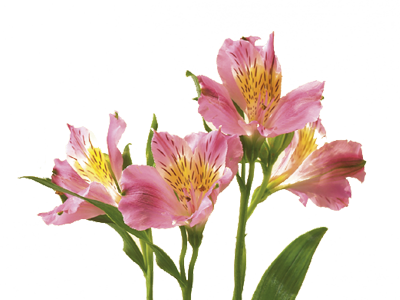
Resembling a miniature lily, alstroemeria, often called the Peruvian Lily or Lily of the Incas, was named after its discoverer, Baron Claus von Alstromer, a Swedish baron who collected the seeds.
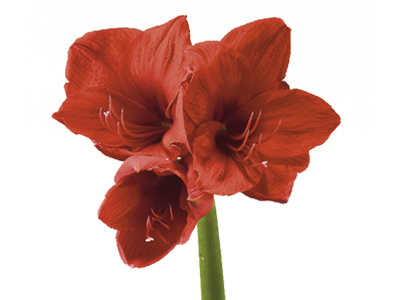
Legend has it that the amaryllis - the stunning red flower we've come to associate with the holidays - began as a shy, timid nymph. Amaryllis fell deeply in love with Alteo, a shepherd with Hercules' strength.
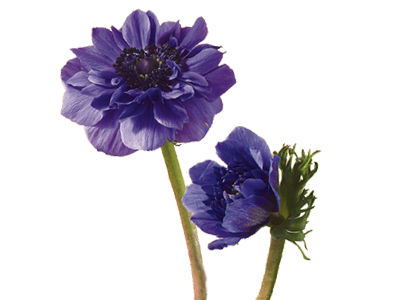
The name anemone comes from the Greek word for "windflower." According to Greek mythology, the anemone sprang from Aphrodite's tears as she mourned the death of Adonis.
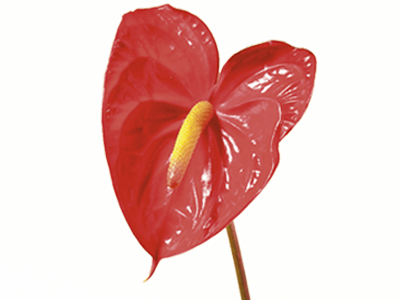
With their open, heart-shaped flowers and tropical disposition, it's no wonder that anthurium have come to symbolize hospitality. Also known as the Flamingo Flower, Boy Flower, Painted.

With their wildflower beauty and lush texture, asters have long been considered an enchanted flower. In ancient times, it was thought that the perfume from their burning leaves could drive.
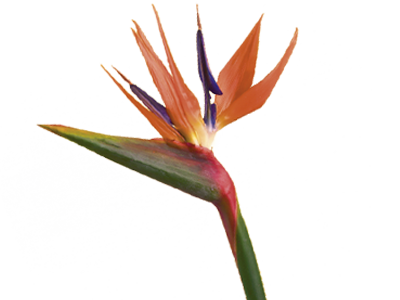
Bearing an unmistakable resemblance to a brightly colored bird in flight, bird of paradise are native to south Africa and represent joyfulness and (not surprisingly) paradise itself. Also known as Crane flowers…
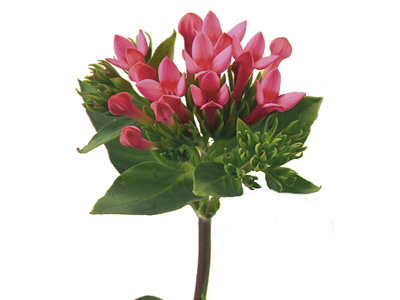
Named after Charles Bouvard, the personal physician to Louis XIII and the superintendent of the Royal Gardens in Paris, modern varieties of bouvardia have names such as Pink Luck, Albatross and Royal Katty.
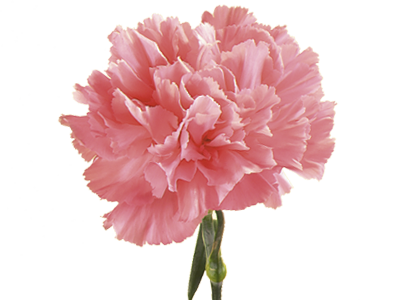
With a history that dates back more than 2,000 years, it's not surprising that carnations are rich with symbolism, mythology and even debate. While some scholars suggest that their name comes...
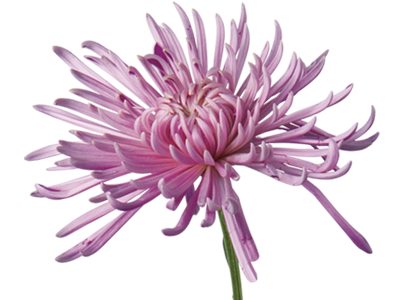
With a history that dates back to 15th century B.C., chrysanthemum mythology is filled with a multitude of stories and symbolism. Named from the Greek prefix "chrys-" meaning golden (its original color).
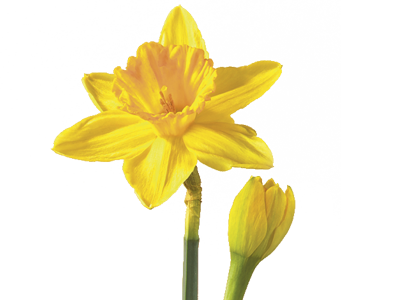
Symbolizing rebirth and new beginnings, the daffodil is virtually synonymous with spring. Though their botanic name is narcissus, daffodils are sometimes called jonquils.

Derived from the Greek word "delphis," meaning dolphin, delphinium are also commonly known as larkspur. Other names include Lark's Heel, Lark's Claw and Knight's Spur.
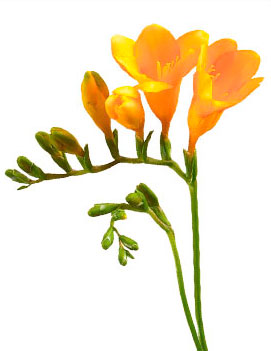
Named after the German physician Friedrich Heinrich Theodor Freese, freesia – with their bell-shaped blooms and sweet, citrus scent – are among the most popular fragrant flowers.
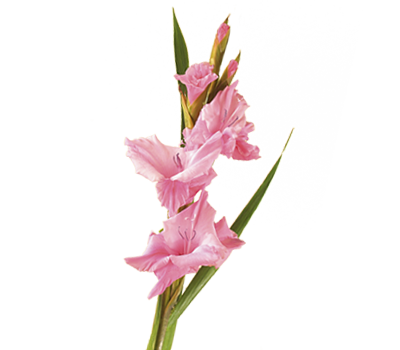
Named for the shape of their leaves, gladioli – from the Latin word "gladius," meaning sword – have a history than spans from Africa to the Mediterranean. Symbolizing strength and moral integrity.

Heather's scientific name, "Calluna vulgaris," comes from the Greek "Kallune," meaning "to clean or brush," and the Latin "vulgaris," meaning "common," as heather twigs were once used for making brooms.

Legend has it the origin of hyacinth, the highly fragrant, bell-shaped flower, can be traced back to a young Greek boy named Hyakinthos.
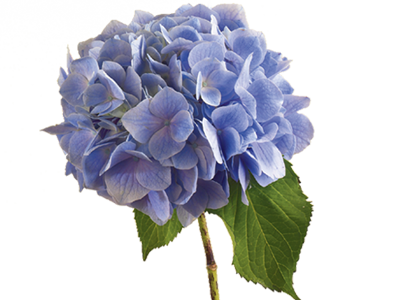
First discovered in Japan, the name hydrangea comes from the Greek "hydor," meaning water, and "angos," meaning jar or vessel. This roughly translates to "water barrel," referring to the hydrangea's need for plenty of water.

The iris's mythology dates back to Ancient Greece, when the goddess Iris, who personified the rainbow (the Greek word for iris), acted as the link between heaven and earth.
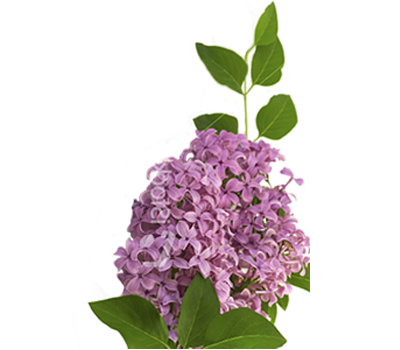
The story of lilac, according to Greek mythology, begins with a beautiful nymph named Syringa (lilac's botanical name). Captivated by her beauty, Pan, the god of the forests and fields, chased Syringa.
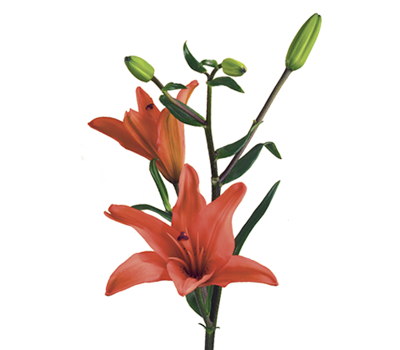
Dating as far back as 1580 B.C., when images of lilies were discovered in a villa in Crete, these majestic flowers have long held a role in ancient mythology. Derived from the Greek word "leiron."
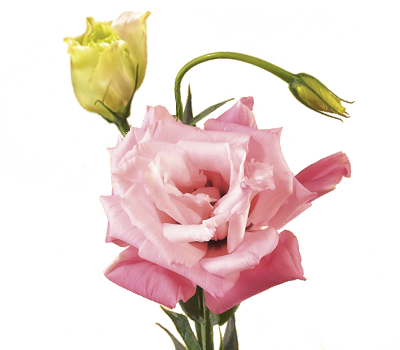
With a host of names – from Texas Bluebell to Prairie Gentian to Lira de San Pedro - lisianthus symbolize an outgoing nature. Native to Texas and Mexico, and descended from a North American wildflower.
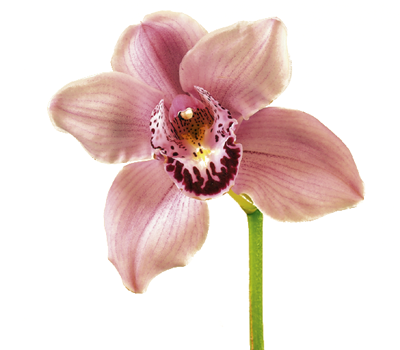
The most highly coveted of ornamental plants, the delicate, exotic and graceful orchid represents love, luxury, beauty and strength. In ancient Greece, orchids were associated with virility.
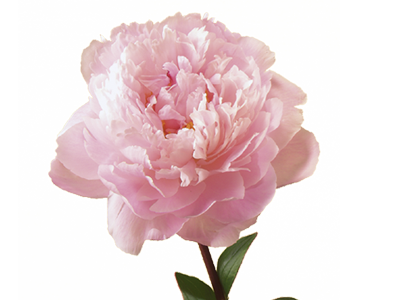
With a recorded history that dates back thousands of years, it's not surprising that even the mythology surrounding the origin of the peony has multiple versions.
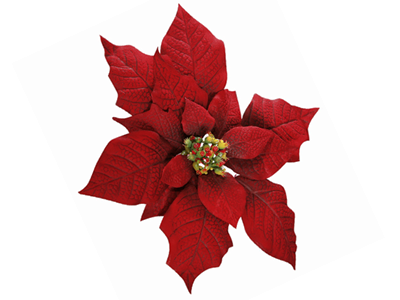
It's said that poinsettias' association with Christmas comes from a Mexican legend. The story goes that a child, with no means for a grander gift, gathered humble weeds from the side of the road to place at the church alter on Christmas Eve and the weeds turned into brilliant red and green flowers.

Among the oldest families of flowers on earth, dating back 300 million years, Greek legend tells us that protea were named after Proteus, the son of Poseidon.
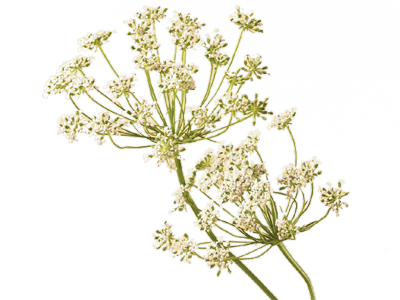
Legend has it that Queen Anne, the wife of King James I, was challenged by her friends to create lace as beautiful as a flower. While making the lace, she pricked her finger.

Native to Asia and celebrated for its medicinal properties as well as its bright beauty, the small camellia-like ranunculus ranges from white to pink, red to yellow to orange. Also known as Buttercup.

Long a symbol of love and passion, the ancient Greeks and Romans associated roses with Aphrodite and Venus, goddesses of love.
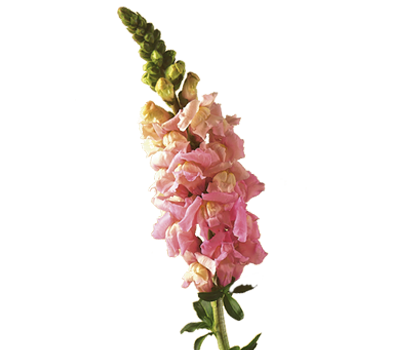
Derived from the Greek words "anti," meaning like, and "rhin," meaning nose, antirrhinum, the snapdragon's botanical name, is a fitting description of this snout-shaped flower.
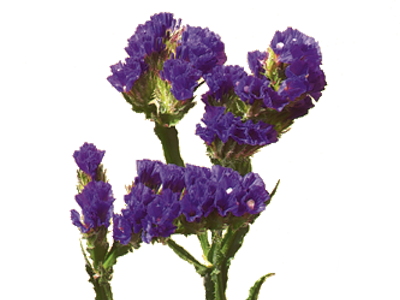
Grown for both its colorful flowers and its everlasting calyx (the green leaf that encloses the flower bud), statice is also considered an herb, referred to as "sea lavender."

A symbol of happy life and contented existence, the stock flower, with its sweet, heady-scented blooms, is native to Southwestern Greece and the Mediterranean.

While their distinctive and brilliant appearance makes it easy to see why sunflowers have long held our fascination, when they were first grown in Central and South America, it was more for their usefulness (providing oil and food) than beauty.
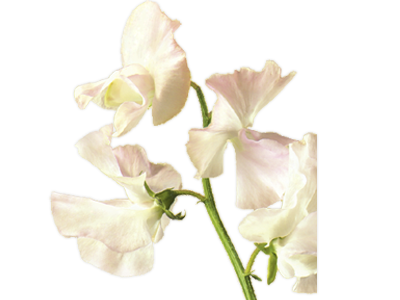
With its richly colored yet small, delicate flowers, the sweet pea's history can be traced back to 17th century Italy, when a Sicilian monk, Franciscus Cupani, sent its seeds to England.
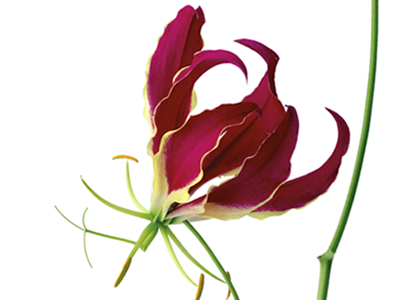
Native to the Tropics, areas of the world where the sun reaches a point directly overhead at least once during the solar year.

Originally from Persia and Turkey, tulips were brought to Europe in the 16th century, where they got their common name from the Turkish word for gauze (with which turbans were wrapped).